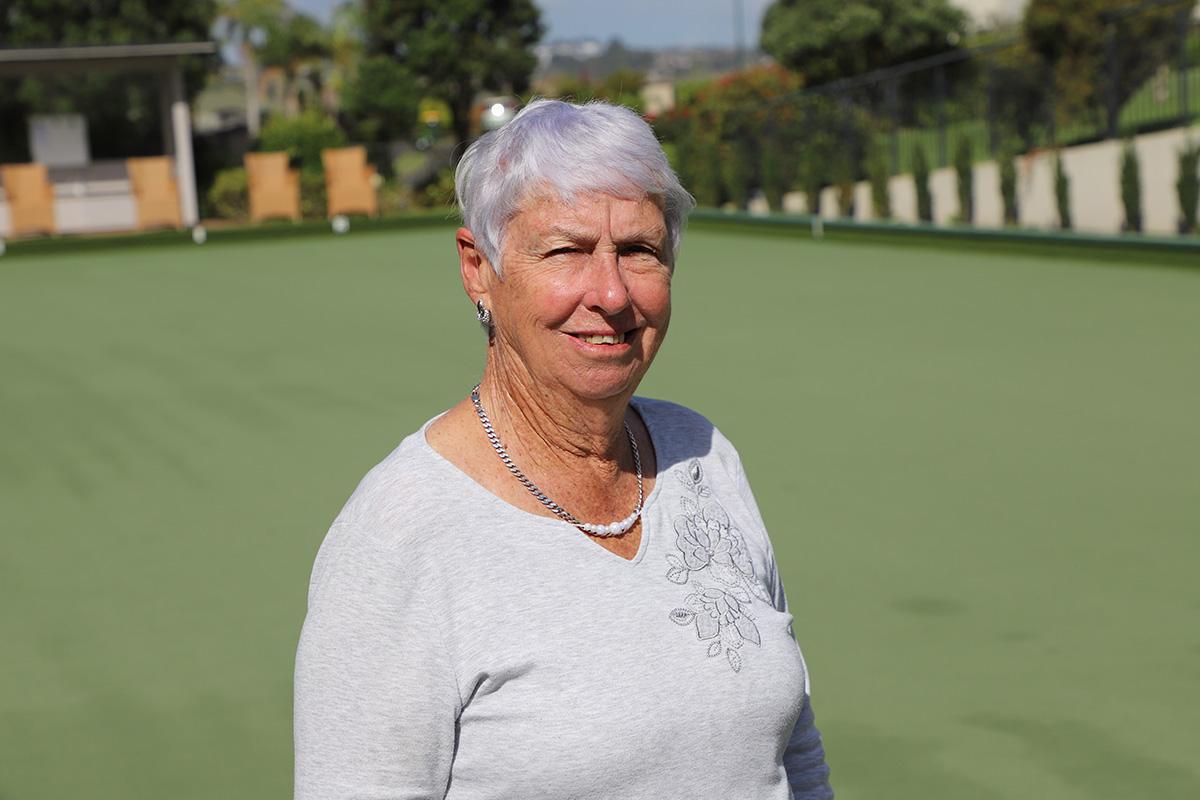What is Yarn: What It’s Made From, How You Make It and More
When researching or reading about different fabrics, you are likely to see the word yarn mentioned a lot. ‘Made from spun yarns’ or ‘with synthetic yarns’ are a couple of examples. But what is yarn? What is spun yarn? Are there other types? What does it all mean, and how much relevance does this bear to your final fabric? That’s what we are here to look at in a little more detail.
What is Yarn?
Yarn is a length of fibres. That’s the simplest way to explain it. It is a continuous length of fibres which are interlocked, and it’s used to produce fabrics, as well as in crocheting, knitting, embroidery and ropemaking.
This means that we can split yarn into two different ‘categories’ of sorts. The thread that is used for embroidery or in sewing machines, as well as yarn (commonly known as balls-of-wool) used in crafts such as knitting or crocheting, are long lengths that are bought as yarns.
The alternative would be a yarn which is then knitted or woven into a fabric. The textile is then bought as fabric, in lengths, rather than the yarn itself being purchased separately. This second description is the one that we will explore further in this post.
What is Yarn Made From?
Yarn can be made from such a variety of different fibres. This includes both natural and synthetic fibres. The most common plant fibre is cotton, however, you can also use other natural fibres such as bamboo. Alongside cotton, the synthetic polyester fibre makes up the two most commonly used fibres. Animal fibres are also often used, such as wool, harvested from sheep, as well as cashmere (harvested from goats) Angora (from rabbits) and silk (from insect larvae).
What is the Difference Between Spun and Filament Yarn?
Spun yarn is made by twisting staple fibres together in either an S or Z twist, to make a single thread. The process of twisting the fibres together into yarn is called spinning and it was one of the first processed to be industrialised. Spun yarns can contain a single type of fibre, or you can spin various types of fibre together to give you a blend.
Filament yarn is made up of filament fibres which are either twisted together or simply grouped together. It can either be composed of one filament, which is called a monofilament, or it could be made of more than one, in which case it would be known as a multifilament. This can be as few as two or three filament fibres, or even up to 50, or more.
Keep reading: www.curtainclean.co.nz...

Why Leonie loves lawn bowls
For the uninitiated, lawn bowls may just look like a bunch of people throwing balls up and down a flat piece of grass.
But for Evelyn Page Retirement Village resident Leonie, it is a game of skill that has brought her 40 years of friendship, camaraderie and many fun-filled experiences and memories.
So much so, that she has dedicated most of the last 20-plus years to umpiring the game. It is her way of giving back, she says, and now she is lending those skills to the upcoming trans-Tasman inter-village Ryman Roll Up.
Click read more for the full story.

Watch out for SCAMS
Neighbourly is aware that online safety is front of mind for members, and scams are getting more tricky to spot. So we thought we'd share some tips from Netsafe to keep you informed about what to avoid and where to get help.
Where do scams take place?
Over the phone, via text message, via email, online or even in person.
What red flags should you be looking out for? Ask yourself these questions...
- Were you expecting this message? or was it out of the blue?
- Are they saying there's a problem which you didn't anticipate?
- Are you having to give money over?
- Are you being rushed?
- Are you being told to click on a link or go to an unfamiliar website?
- Are you being asked to share personal info or passwords?
- Are you being asked to pay in a strange way like wire transfer, gift cards, etc
- Does something not feel right? Do you feel confused?
If you answer yes to any of these questions, it's best to stop communicating and seek support. But if you've already given over money, contact your bank immediately.
You can check if it's a scam by contacting |Netsafe|:
- Toll-free on 0508 NETSAFE (0508 638 723) or +6496660840 if calling from outside New Zealand
- Emailing help@netsafe.org.nz
If you're pretty sure it's a scam, make a report at netsafe.org.nz
Remember Neighbourly is a free service for neighbours so we won't ask you for money or for your password. All emails will come from noreply@neighbourly.co.nz - so feel free to get in touch if you're unsure of something!
Hope this helps you, neighbours!
Share your New Zealand music memories...
It's NZ Music Month and New Zealand really has some beautiful songs from artists that we call our own.
Whether it's April Sun in Cuba, Don't Forget your Roots, or How Bizarre or Bic Runga's 'Sway' - songs have a way of unlocking memories and evoking old feelings.
In honour of NZ Music Month, share a New Zealand song or artist that is special to you and explain why.
Type 'Not For Print' if you wish your comments to be excluded from the Conversations column of your local paper.






 Loading…
Loading…





















